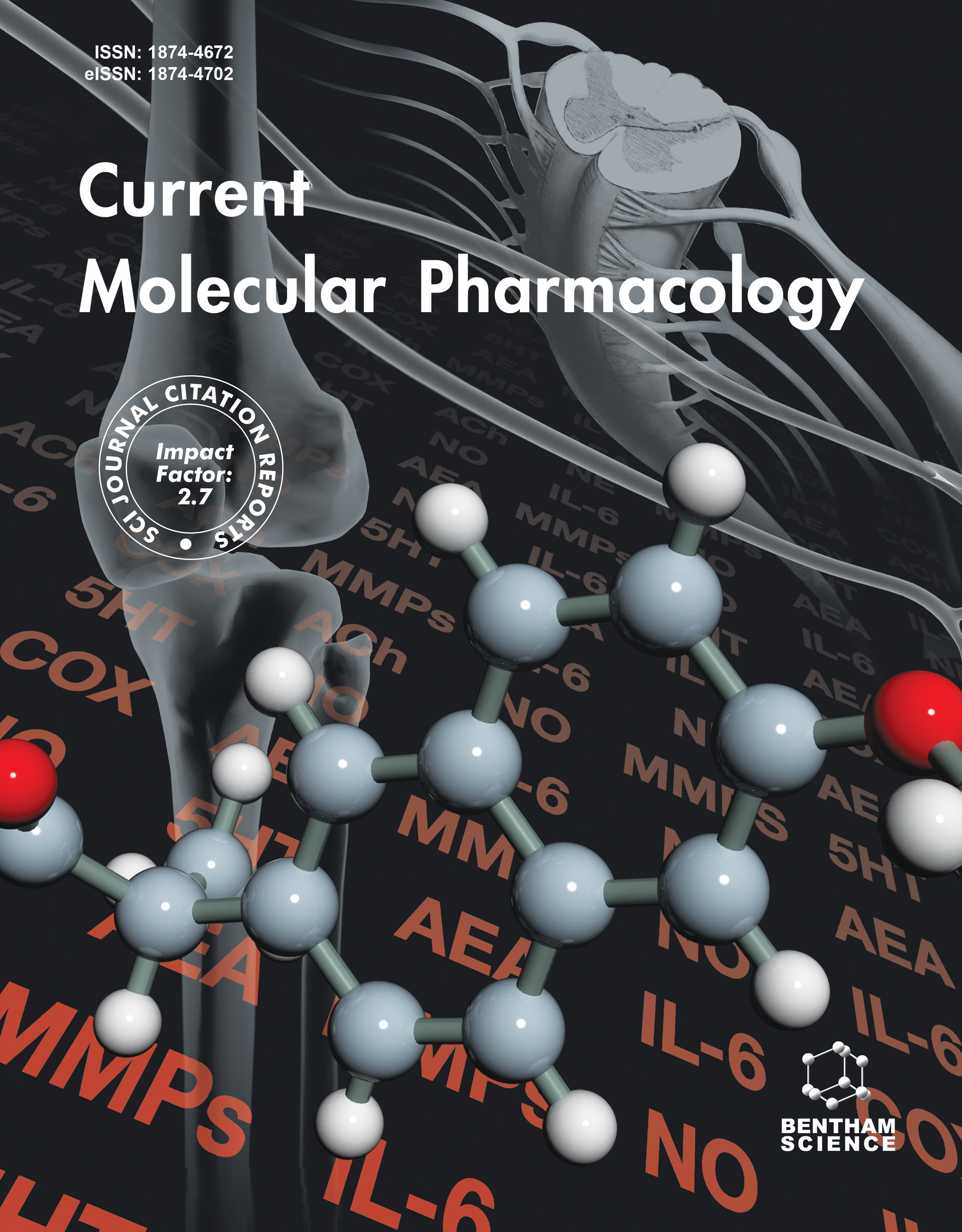-
s Base Excision Repair, the Redox Environment and Therapeutic Implications
- Source: Current Molecular Pharmacology, Volume 5, Issue 1, Jan 2012, p. 88 - 101
-
- 01 Jan 2012
Abstract
Control of redox homeostasis is crucial for a number of cellular processes with deregulation leading to a number of serious consequences including oxidative damage such induction of DNA base lesions. The DNA lesions caused by oxidative damage are principally repaired by the base excision repair (BER) pathway. Pharmacological inhibition of BER is becoming an increasingly active area of research with the emergence of PARP inhibitors in cancer therapy. The redox status of the cell is modulated by a number of systems, including a large number of anti-oxidant enzymes who function in the control of superoxide and hydrogen peroxide, and ultimately in the release of the damaging hydroxyl radical. Here we provide an overview of reactive oxygen species (ROS) production and its modulation by antioxidant enzymes. The review also discusses the effect of ROS on the BER pathway, particularly in relation to cancer. Finally, as the modulation of the redox environment is of interest in cancer therapy, with certain agents having the potential to reverse chemo- and radiotherapy resistance or treat therapy related toxicity, we discuss redox modulating agents currently under development.


